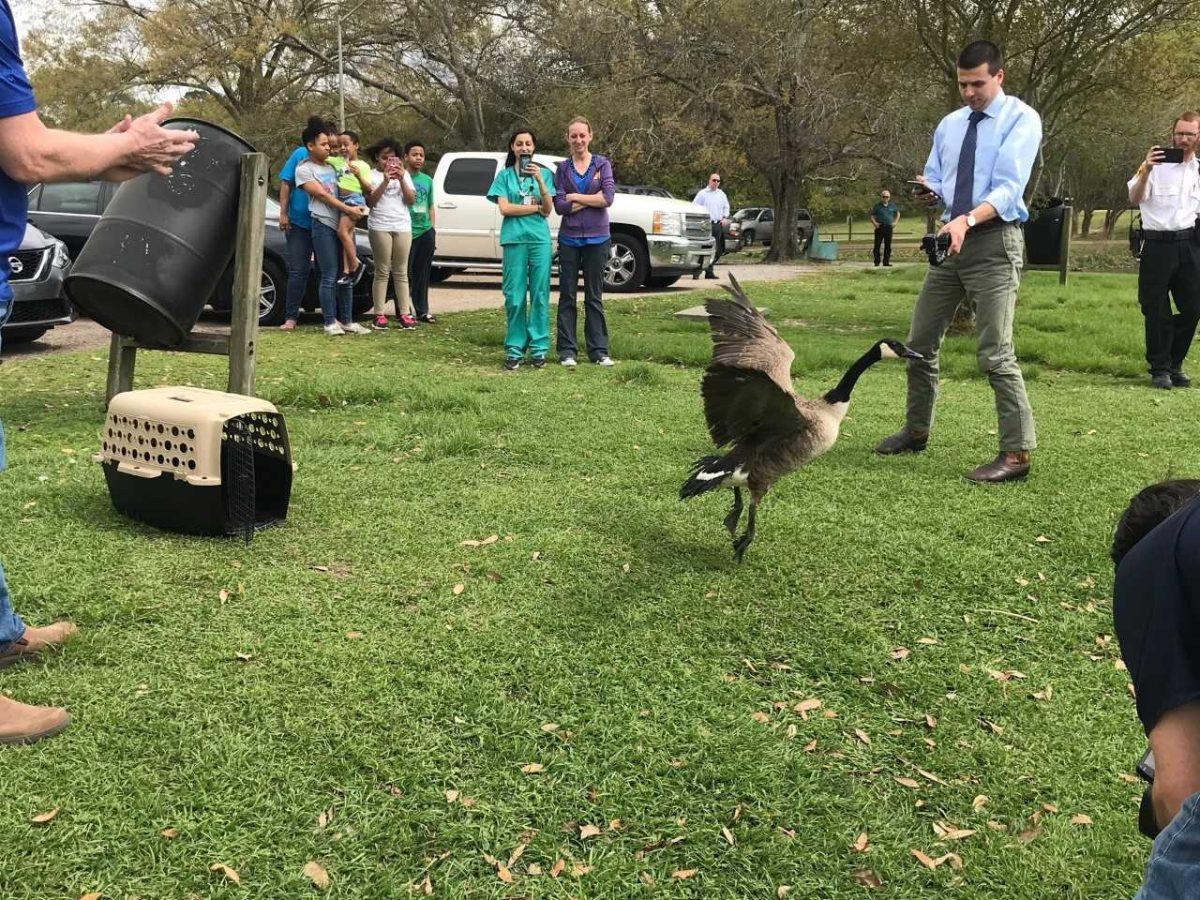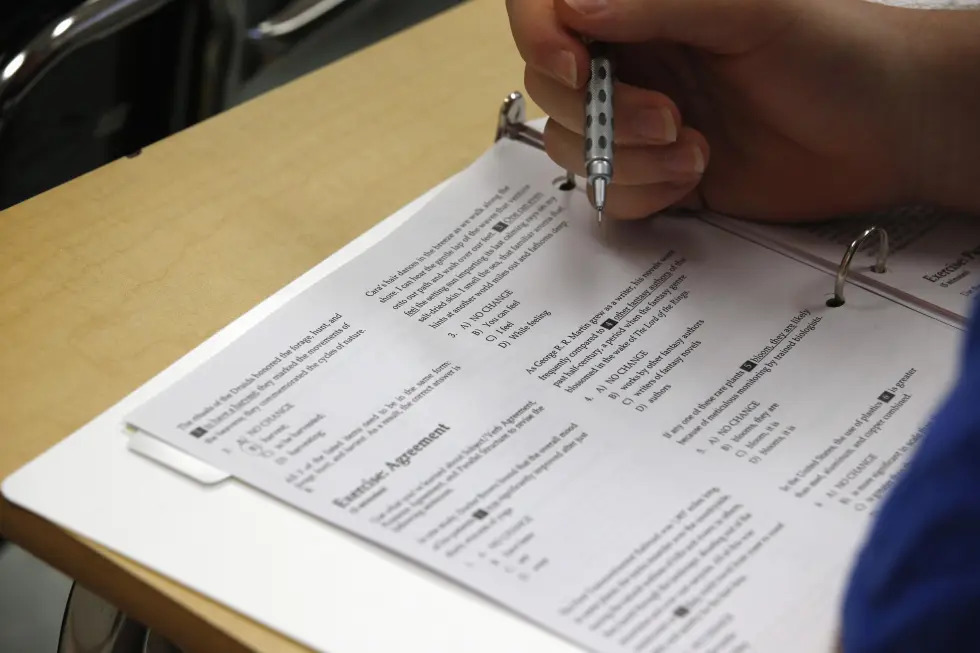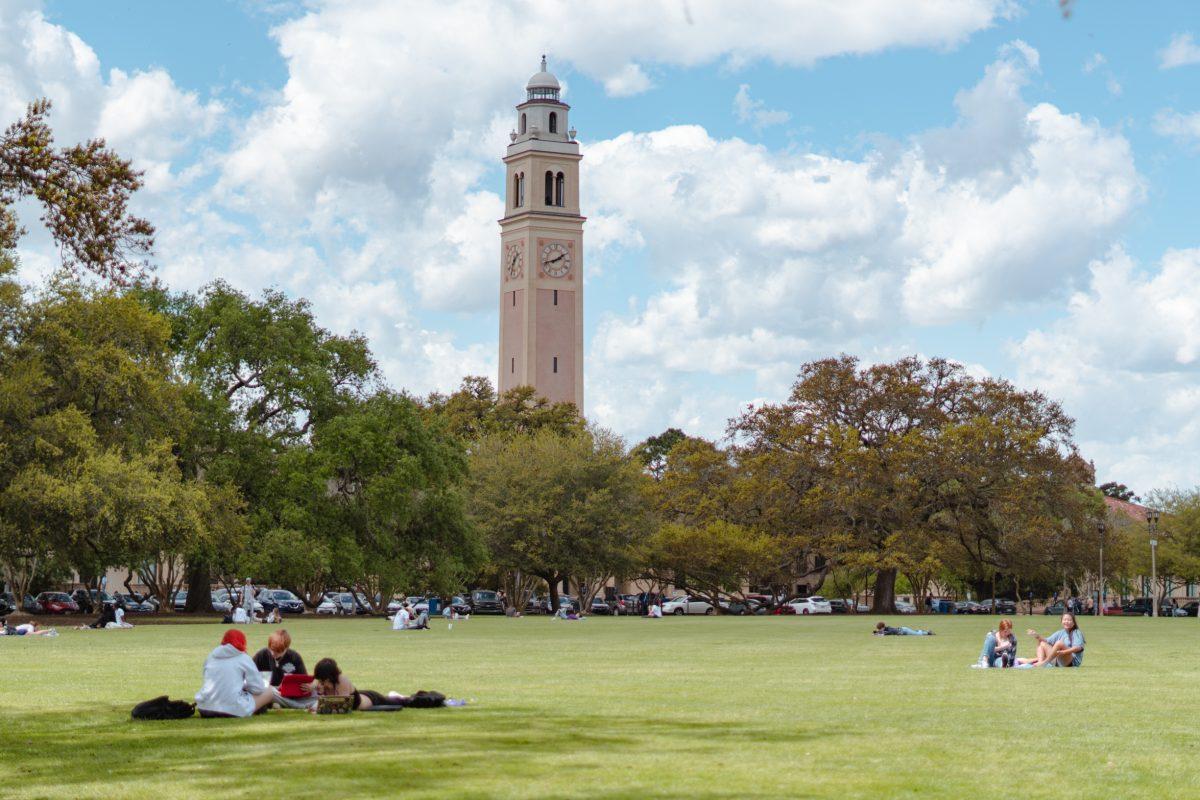The Wildlife Hospital of Louisiana is an on-campus service students may not be familiar with, but their work, from rescuing owls to bald eagles, is invaluable.
The goal of the wildlife hospital, which operates under the LSU School of Veterinary Medicine, is to take in injured wildlife, rehabilitate the animals and hopefully return them to the wild.
Dr. Javier Nevarez, Director of the Wildlife Hospital of Louisiana, said people call the hospital almost daily to report injured wildlife that need help.
“We take in animals every day throughout the year,” Nevarez said. “We constantly have animals.”
According to Nevarez, the most common species of injured animal in the hospital is birds, specifically birds of prey, such as hawks, raptors and owls. Nevarez said one of the more curious success stories was a hawk that got caught in the grill of a truck.
“We had to take the grill apart so we could get behind it to get to the hawk. That bird actually did well,” Nevarez said.
He said most people don’t realize the hospital also gets an average of 12 bald eagles a year.
“We get a lot of young eagles, and a lot of those are rehabbed and released back into the wild again,” Nevarez said. “We’re seeing more and more eagles as the population of eagles bounces back, and we’re seeing more of them come through the hospital.”
Nevarez also said one of the main issues the hospital has is with people bringing in orphaned animals they think are injured. These animals are in fact not abandoned, Nevarez said, and are usually in the process of exploring outside of the nest, with parents typically close by.
He said the hospital has to focus on injured animals specifically, as they do not have enough resources to care for animals that people believe are orphaned.
“The best chance of survival for these animals is in the wild,” Nevarez said. “We try to focus on injured animals. An animal that was found on the side of the road, that cannot fly away, cannot walk properly.”
Nevarez said his favorite part about operating the wildlife hospital is releasing the healed animals back into the wild, even if it might not happen as often as he would like.
“Anytime we can rehab and release an animal back to the wild, that is the ultimate goal,” Nevarez said. “Unfortunately, due to the nature of the field, the release rate is only about 30%. But anytime we can rehabilitate animals back to the wild and release them, that is the most thrilling aspect.”
Wildlife hospital at LSU Vet School helps rehabilitate, release injured animals
October 20, 2019
Dr. Javier Nevarez, Director of the Wildlife Hospital of Louisiana, assists in releasing a rehabilitated goose at the LSU Lakes.





